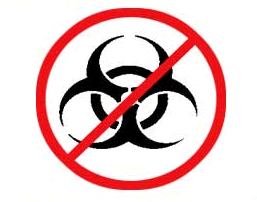Wednesday, October 04, 2006
The Dangers of Free Public Wifi: How to Protect Yourself

Free public wifi is like manna from heaven when you desperately need the driving directions to the restaurant where you're meeting your spouse for dinner, but don't click Connect too quickly when you see a free hotspot available. A wifi hotspot is identified by a name that can be completely make up so "Google Wireless" might not actually be provided by Google. When you enter your personal information like usernames and passwords, a fake hotspot is recording all the details. It's even possible to infect passing wifi-enabled laptops with a worm that you can then pass on to other office or home computers.
One of the more dangerous "features" of Windows is that it remembers the name of the hotspot you connected to earlier and automatically connects to any hotspot with the same name. This can leave you vulnerable to attackers. A ZDNet article explains how to disable this feature:
• In the Advanced settings of Wireless Network Connection properties ("Advanced" button on "Wireless Networks" tab), choose "Access Point (infrastructure) networks only". The default is "Any available network" and this is not safe.
• Turn off "Automatic Connection" to preferred networks in the Wireless Network Connection properties so your network reads "On Demand". This will prevent your computer connecting to unsafe networks that have the same name as your home or office network.
Other safety suggestions are:
1. Have a good firewall and updated antivirus software installed. There are plenty of good, free alternatives.
2. Connect through a VPN whenever possible to encrypt any data you're transmitting.
3. Set up forwarding of your email to a disposable address that you only access using wifi
hotspots. That way, even if an attacker gets access to that email account, he or she can't access the primary account.
Technorati Tags:
Labels: Technology






